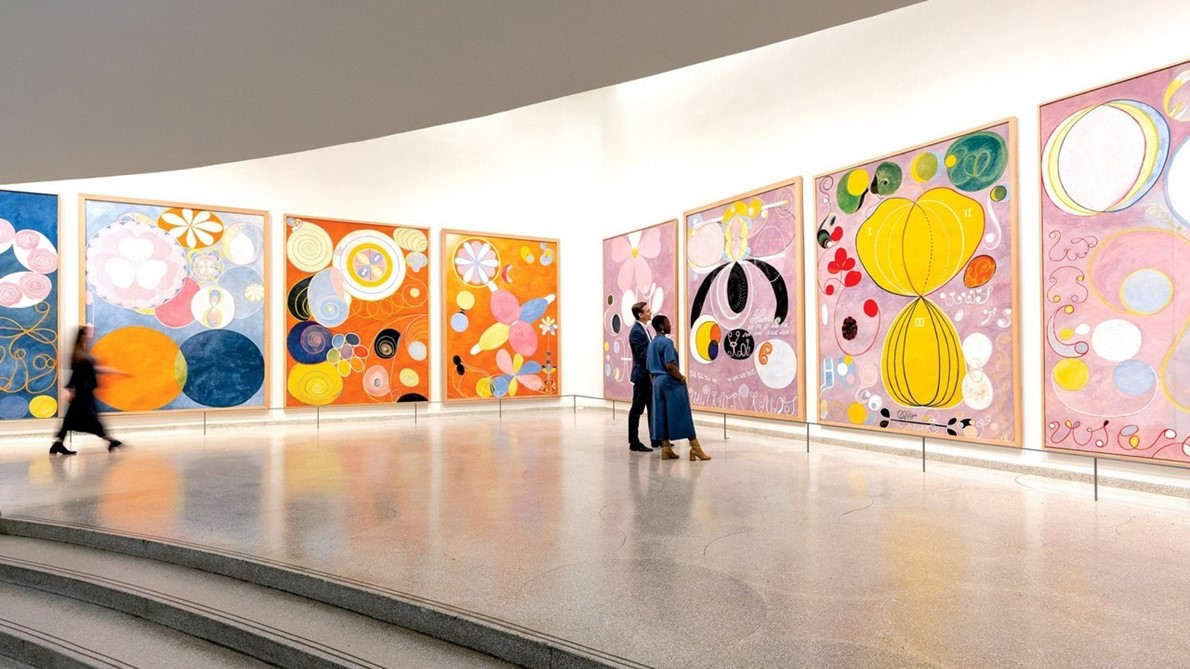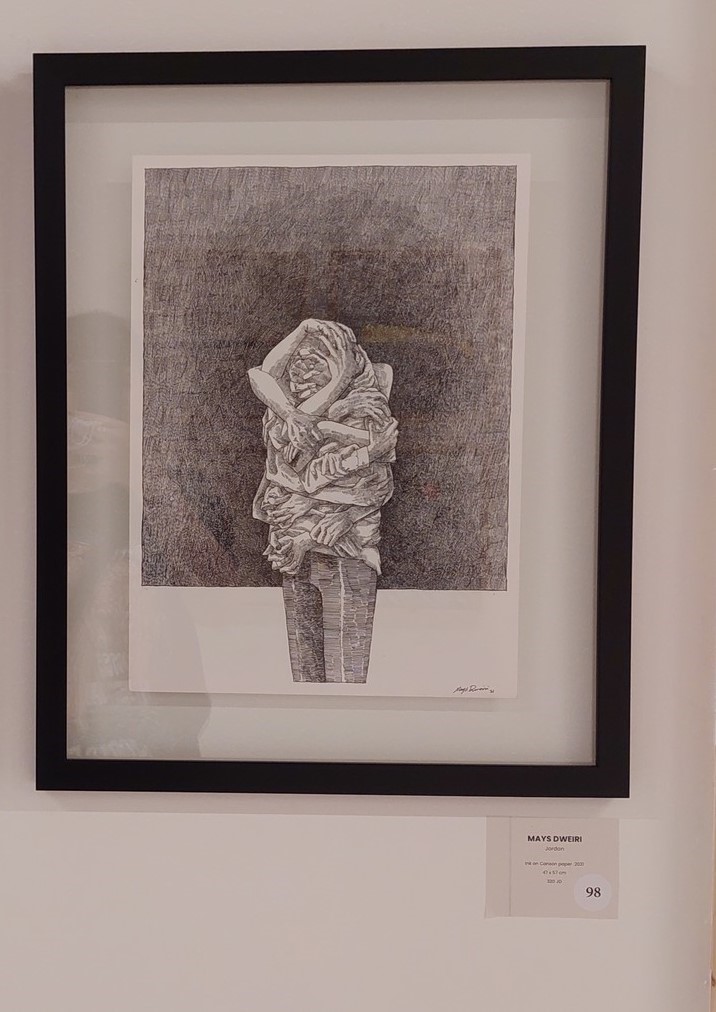Art exhibitions are doorways to the past, present, and future. Exhibitions
have had their long evolutionary journey and progression throughout history. As
defined by Paula Marincola in her book What Makes a Great Exhibition?,
exhibitions are “strategically located at the nexus where artists, their work,
the arts institution, and many different publics intersect”. They play a
critical role in society, retelling history creatively and emotively.
اضافة اعلان
With brush strokes and a palette of colors, artists
are able to create a masterpiece in which their soul can be seen and their
voices can be heard. Their works are a glimpse into their emotions, and
representations of psychological behaviors.
Art exhibitions are not just walls hung with pieces,
each worth an absurd amount of money. The idea that art must have monetary value,
must be sold and be profited off of, for the reason of fame, causes
dissatisfaction in many artists and affects their ability to work. Art is not
simply wall decoration or a way to profit in a capitalist society.
Art in the Arab world, for example, has depth, and
is rich with cultural artifacts that reflect history. Whether celebrating the
language with calligraphy, vast deserts with landscapes, or people and costumes
portraits, the breathtaking nature of
Arabic art makes learning history and
today’s culture alike an enriching experience.
Art exhibitions are mirrors of the society that
produced them: its interests, dislikes, culture, opinions, and religion. Even
pieces produced today provide a learning experience for observers. The complex
nature of the world is contextualized through art, making it accessible to
those who may struggle to understand it otherwise.
 (Photo: David Heald)
(Photo: David Heald)
Art is no longer restricted to the inaccessible
painting exhibitions targeted to the rich. It is not just paintings and
sketches, but a range of other manifestations and usages of media. Videography,
for example, has successfully entered the world of art, taking a seat alongside
crafts, embroidery, games, and music.
In June,
DAR Art Fair showed the audience the many
ways art has taken shape. Attendees moving through the exhibition were met with
a variety of modern and classical art, with paintings and sculptures in one
section and digital work in another. It captured the essence of the
ever-changing world we live in, highlighting artists who experimented with
different mediums to create touching pieces.
The digital piece “eulogy4theinternet.mov”, by Masah
Azar and Kiriaki, inspired by Liz Jensen’s novella ‘Our Silver City, 2094’, was
featured at DAR Art Fair. It is a great example of modern art entering the
world of exhibitions, with an impact just as great as the surrounding paintings
and sculptures.
The two artists collaborated, Azar said, “to picture
a future in which the internet has collapsed”. Their work took “a dive into
hyperspace to chronicle humanity’s growing (and deteriorating) relationship
with the digital realm”.
 (Photo: Layan Taifour)
(Photo: Layan Taifour)
Art exhibitions can also serve a greater purpose,
transforming into fundraisers for charities with political and cultural causes.
The Port Annual Art Exhibition in 2021 was a fundraiser for special-education
schools in Malaysia. In 2018, Painting Exhibition Charity for Palu was a
fundraiser for doctorSHARE, a non-profit organization focused on offering
medical healthcare services and humanitarian aid.
The continuously changing nature of art exhibitions
means that not once have they been repetitive. Instead, they frequently adapt
to society as it moves forward.
New discoveries
lead to new artistic expressions, and exhibitions serve to contextualise the
speed at which life and technology are intersecting. By keeping an open mind
when exploring the current landscape of the art world, you may find that your
new favorite piece is indeed a digital work of art, after all.
Read more Culture and Arts
Jordan News



